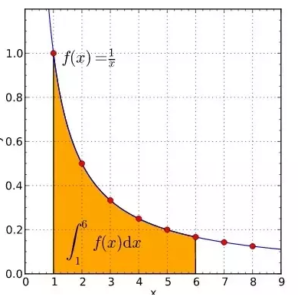
I know most of you guys are fans of lifting days, but there are a few in the gym who are curious as to why we don’t do MORE cardio? Well, first we have to determine your definition of cardio, because if the only thing you consider cardio is running and rowing, then you’re constantly going to be disappointed. The truth of the matter is most of our workouts do have a cardio element to them. Yes. You can do cardio by lifting light weight faster and doing burpees.
The real meat and potatoes of what I want to discuss today though is why it’s paramount that we take one day out of the week to work on just throwing around heavy weights. The answer is because your overall fitness would be massively blunted otherwise. When looking at fitness, and again fitness as we have defined it: increased work capacity across broad times and modal domains – we have to remember that every workout we do is a data point plotted on a graph. The x axis being time and the y axis being your power output for that workout. Every workout yields a different power output. Once you have enough data points you can draw out a curve and the area under it is your fitness. So, again, why lifting days? Well, there’s only ONE way someone’s fitness can look when plotted on a graph and it’s like this.

The peak of anyone’s fitness is most likely going to be their lifting days. However, if you aren’t doing them, then your peak is going to be significantly lower thus blunting the area under your curve. Not to mention, strength also enables us to lift light weights faster which will improve workout times for conditioning pieces.Now, is it possible to have a really high peak and still have little to no area under the curve? Sure. Consider the power lifter. Super high peaks for the duration of efforts that last 30 seconds or less but then as they move further along the x axis? Nada. But, remember, it is IMPOSSIBLE for someone’s curve to rise as the data points move further along the x axis. Why? Because longer durations of effort produce less of a power output no matter what. Even the marathon runner who can finish in 2 hours and 30 minutes is not going to see a rise in his curve from 10 seconds to 2 hours and 30 minutes.
Therefore, don’t skip lifting days! 🙂
To learn more about how to lift and the best way that you can get fit, schedule a time to talk with us.
